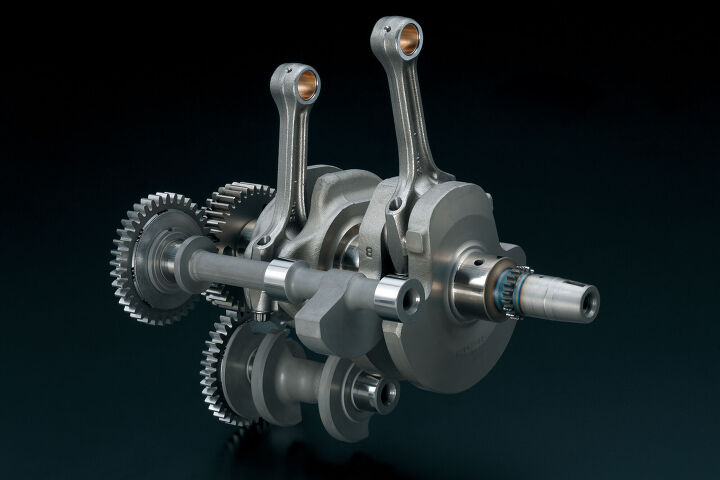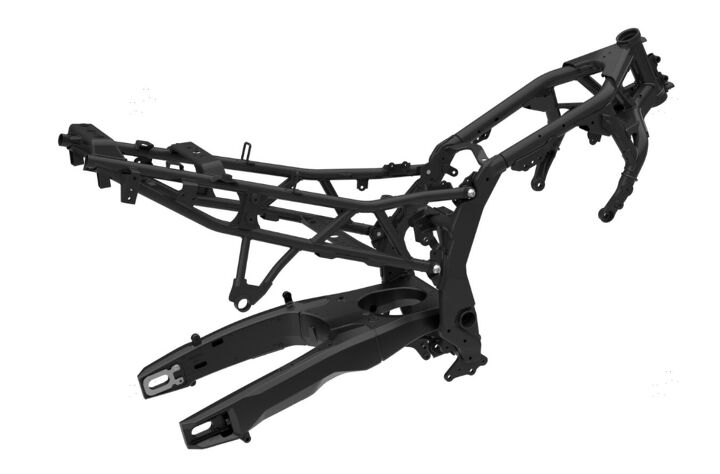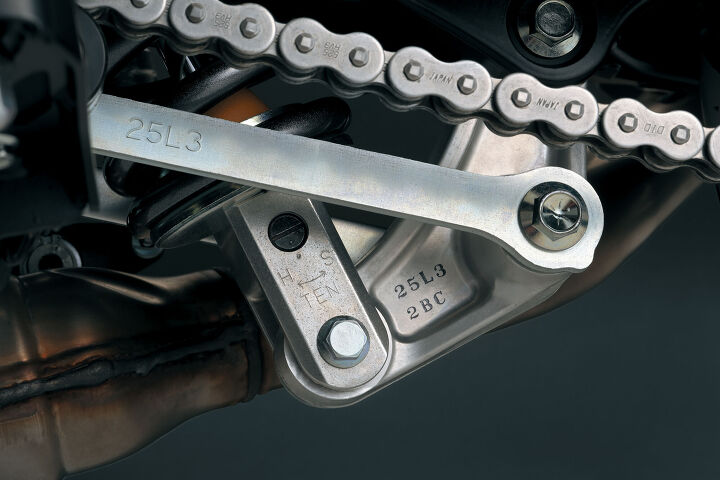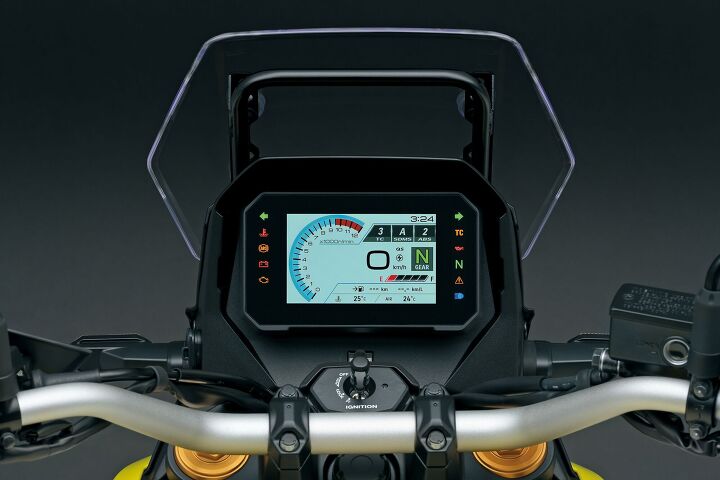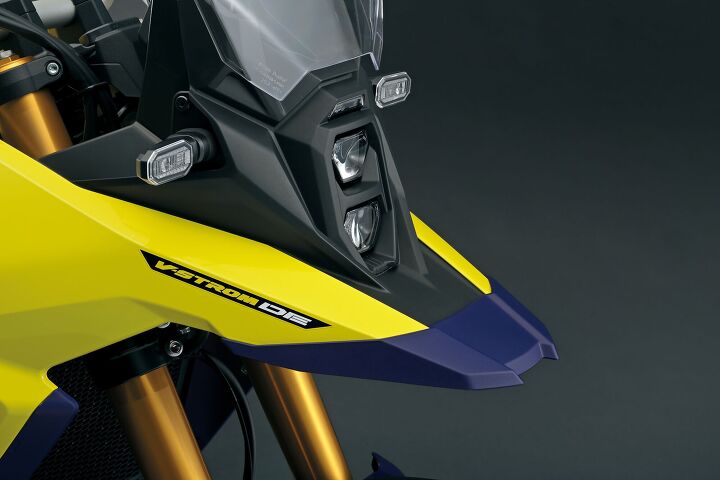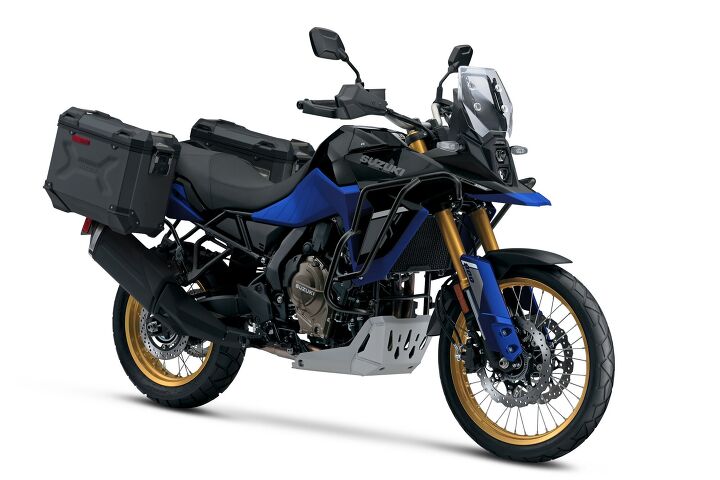Motorsports Racing News & Blog Articles
2023 Suzuki V-Strom 800DE/V-Strom 800DS Adventure First Look
The Suzuki V-Strom line is a storied one that most riders are quite familiar with, but today in Milan, Suzuki opened the next chapter: the 2023 Suzuki V-Strom 800DE. While the entire bike is worthy of attention, the showstopper for the new Storms is the 766cc parallel-Twin engine. The V-Twin that gives the Strom part of its name has been assigned to the history books. So, let’s take a look at what makes this V-Strom a next generation Strom.
A New Engine!
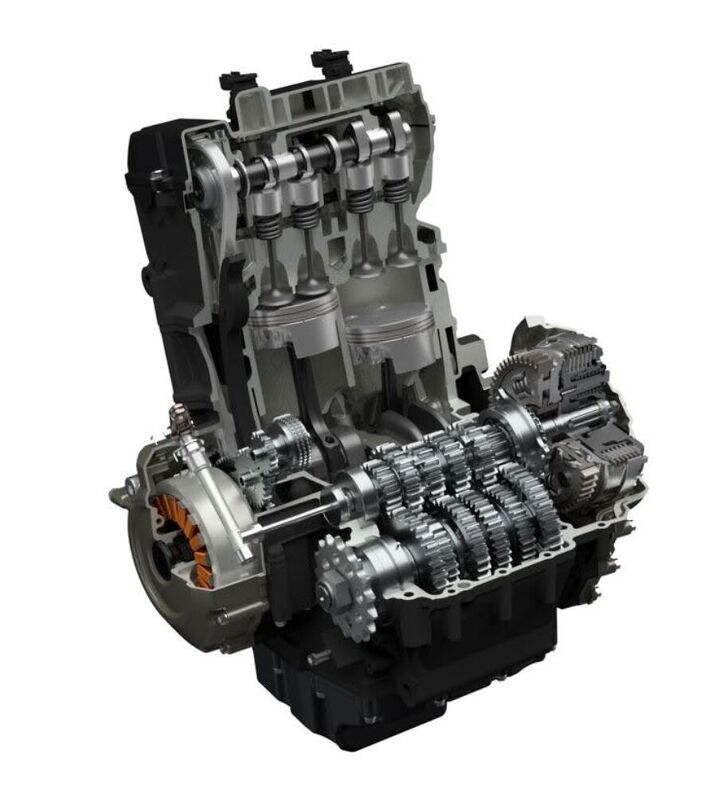 Manufacturers frequently say that an engine is all new down to the bolts, but this time we can be certain that Suzuki hasn’t engaged its hyperbole machine. For the first time, the V-Strom doesn’t have a V-Twin but, rather, a parallel-Twin, and it looks tasty. The 84.0 mm x 70 mm bore and stroke has the pistons slipping through aluminum die-cast cylinders that have been plated with the Suzuki Composite Electrochemical Material (SCEM) process for reduced friction and heat dissipation while providing a wear-resistant seal for the rings. Fans of the previous 90° V-Twin will be happy to know that the 270° crankshaft will deliver power in a similar manner. Suzuki also claims that the spacing of the pulses will help maintain traction on the loose surfaces that some riders will tackle with their Stroms.
Manufacturers frequently say that an engine is all new down to the bolts, but this time we can be certain that Suzuki hasn’t engaged its hyperbole machine. For the first time, the V-Strom doesn’t have a V-Twin but, rather, a parallel-Twin, and it looks tasty. The 84.0 mm x 70 mm bore and stroke has the pistons slipping through aluminum die-cast cylinders that have been plated with the Suzuki Composite Electrochemical Material (SCEM) process for reduced friction and heat dissipation while providing a wear-resistant seal for the rings. Fans of the previous 90° V-Twin will be happy to know that the 270° crankshaft will deliver power in a similar manner. Suzuki also claims that the spacing of the pulses will help maintain traction on the loose surfaces that some riders will tackle with their Stroms.
Handling the EFI are two linked 42mm, ride-by-wire throttle bodies to deliver intuitive throttle response to the rider. The throttle bodies are fed by a 6.0 liter airbox that wast tuned with intake pipes to deliver both peak power and enhanced low-rpm torques. Assisting in that job are two 10-hole, long-nose injectors which atomize a 49 psi fuel flow from a 5.3-gal. tank. A stainless-steel 2-into-1 exhaust features a high-flow, two-stage catalytic converter to keep the Strom Euro 5 compliant, while the shape of the muffler allows for accessory bag placement.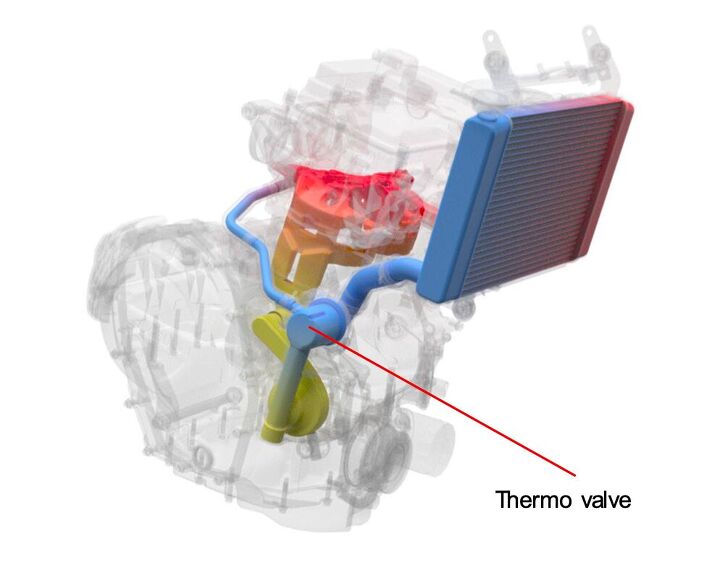
Cooling takes place on two fronts. First, is the radiator which has an interesting Cooling System Inlet Control Thermostat Valve that works to maintain consistent engine temperature. By helping to stabilize combustion, it helps to smooth the idea during warmup, thus reducing emissions. Second, a compact, liquid-cooled oil cooler reduces oil temperatures, again for more consistent engine operation.
The six-speed transmission has its ratio set for what Suzuki calls “exciting acceleration.” The shift linkage is designed for quick, easy shifts, and the shift rod has a sensor to track shifter movement for the ECM, meaning the rider should get cleaner shifts from the electronic up/down quick shifter. The Suzuki Clutch Assist System has the rider’s back during aggressive downshifts by allowing a small amount of slip. Additionally, the system contributes to a light clutch pull.
To quell the inherent vibration created by parallel-Twins, the Suzuki Cross Balancer makes an appearance for the first time in a production motorcycle. According to Suzuki, this compact, lightweight design puts two balancers at 90° to the crankshaft for a first in production motorcycles. The design of the primary balancer assists in keeping the engine light and compact. Not surprisingly, each of the two balancers is assigned a cylinder to balance the reciprocating weight of the piston, while the 270° crankshaft helps to quell secondary vibration. Finally, the equidistant placement of the balancers at 90° to the crankshaft is designed to reduce the vibration created by the rocking couple inherent in parallel-Twins.
On to the Chassis
Constructed of tubular steel, the 800DE’s backbone frame uses the engine as a stressed member. The steel subframe is removable. According to Suzuki, the frame and engine combine to make for off-road friendly geometry. When combined with the tall ground clearance, the wide handlebar, and narrow subframe, the chassis should give the rider the ability to shift their weight to negotiate challenging terrain and tight turns.
The aluminum swingarm was designed with vertical, lateral, and torsional rigidity in mind with a goal of straight line stability and controlled cornering. Suspension travel is 8.7 in. front and rear. The Showa inverted fork is fully adjustable, though Suzuki doesn’t say the diameter of the tubes. Out back, the shock operates through a linkage and features a remote preload adjuster along with compression and rebound damping controls.
With a bike designed to handle both on- and off-road riding, a spoked 21-inch front wheel says Suzuki is serious, and it is paired with a matching 17-inch rear. Both are shod with Dunlop Trailmax Mixture tires.
Braking comes courtesy of Nissin in the form of axially-mounted, two-piston calipers, which Suzuki claims is to provide clearance for the spokes and allow for strong, light axle holders. The calipers squeeze a pair of 310mm floating discs. In the rear, a single-piston Nissin caliper embraces a 260mm disc. Naturally, the brakes feature ABS, from which riders can select two levels of sensitivity and turn the rear wheel off for off-road riding.
Suzuki Intelligent Ride System (S.I.R.S.)
Ride-by-wire-throttle means that there should be riding modes, and Suzuki is happy to oblige. There are four riding modes (plus off), but the news is that new fourth mode. The Gravel mode is designed to help riders in the conditions they will encounter of gravel roads and flat trails. The S.I.R.S. also controls the up/down quickshifter, and we can only hope that it is as good as the one on the Suzuki GSX-S1000 GT+. Starting the engine is as easy as a quick press of a button, and the Suzuki Easy Start System takes care of the rest. Finally, Suzuki’s Low RPM Assist helps maintain engine idle speed to was starting from a stop.
The Other Electrics
Delivering the information a rider needs is a 5-in. color TFT, featuring no less than 22 different categories: speedometer, tachometer, riding range, odometer, dual trip meter, gear indicator, coolant temperature, ambient temperature, freeze indicator, rpm, average fuel consumption (1&2), instant fuel consumption, SDMS mode, ABS mode, ABS rear Off mode, traction control mode, quickshifter on/off,fuel level, 12-hour clock, voltmeter, and service reminder. From the stacked headlights to the brake light and turn signals, the lighting is all via LEDs. A USB port is available to power electronic accessories.
Styled for Adventure
Love it or hate it the V-Strom beak is back, and it is positioned even higher – all to emphasize off-road ability. The windscreen can be set over a range of 0.6-in. increments, though a tool is required. Out back, a lightweight resin rack also provides grab rails. The radiator receives a mesh guard for protection from debris, and the 800DE receives a plastic skid plate.
The V-Strom 800DE Adventure builds on the styling and versatility of the standard model. The Adventure gets a more serious aluminum skid plate and a crash bar to protect in the inevitable tip overs that happen when out beyond the end of the pavement. Perhaps most importantly, the Adventure comes with quick-release black-anodized 37L aluminum panniers, so that owners can immediately set off into the wilds.
Price and availability have not been released at this time.
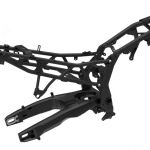
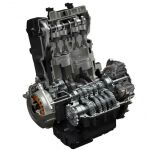
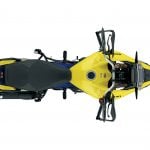
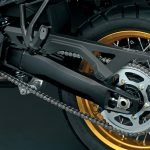
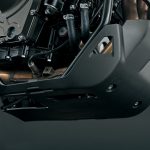

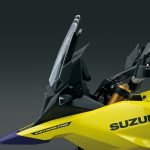
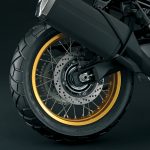
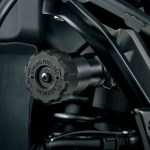
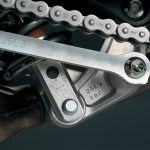
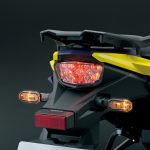
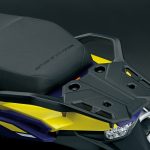
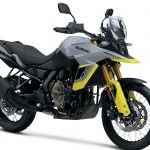
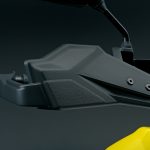
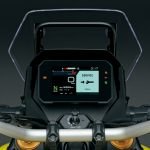
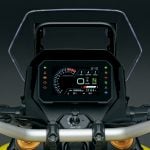
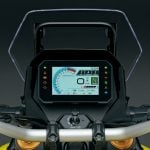
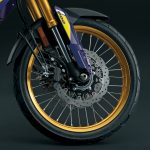
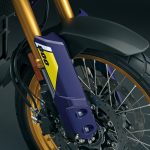
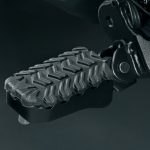
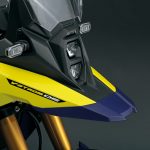
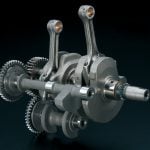
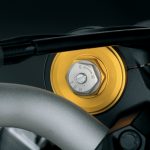
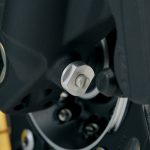

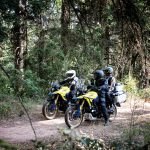
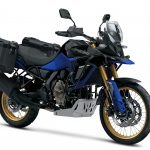
Become a Motorcycle.com insider. Get the latest motorcycle news first by subscribing to our newsletter here.
The post 2023 Suzuki V-Strom 800DE/V-Strom 800DS Adventure First Look appeared first on Motorcycle.com.
Copyright
© Motorcycle.com


